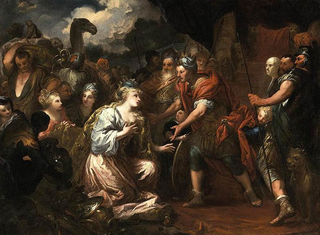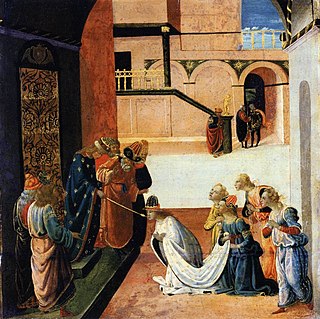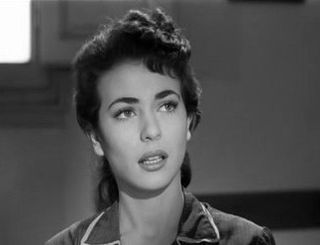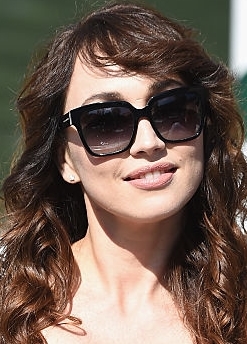Related Research Articles

Rossana Podestà was an Italian actress who worked mainly in Italy from the 1950s to the 1970s.
Valeria Moriconi was an Italian actress who appeared both in movies and on stage.

Ferruccio Tagliavini was an Italian operatic lyric tenor mainly active in the 1940s and 1950s. Tagliavini was hailed as the heir apparent to Tito Schipa and Beniamino Gigli in the lyric-opera repertory due to the exceptional beauty of his voice, but he did not sustain his great early promise across the full span of his career.

Family Diary is a 1962 Italian film directed by Valerio Zurlini and is based on the novel by Vasco Pratolini. Enrico, played by Marcello Mastroianni, is a struggling artist in 1945 Rome who recently loses his brother, Lorenzo and recalls their tumultuous relationship and examines grief, existentialism, and the importance of familial ties.

Luigi Comencini was an Italian film director. Together with Dino Risi, Ettore Scola, and Mario Monicelli he was considered among the masters of the "commedia all'italiana" genre.

Valerio Zurlini was an Italian stage and film director and screenwriter.

Giovanna Ralli,, is an Italian stage, film and television actress.

Vasco Pratolini was an Italian writer of the 20th century. He was nominated for the Nobel Prize in Literature three times.

Pietro Dandini was an Italian painter of the Baroque period, active mainly in Florence.

The Desert of the Tartars is a 1976 Italian film by director Valerio Zurlini with an international cast including Jacques Perrin, Vittorio Gassman, Max von Sydow, Francisco Rabal, Philippe Noiret, Fernando Rey, and Jean-Louis Trintignant. The cast also included veteran Iranian film actor Mohammad-Ali Keshavarz.

Jacopo del Sellaio (1441/42–1493) was an Italian painter of the early Renaissance, active in his native Florence. His real name was Jacopo di Arcangelo. He worked in an eclectic style based on those of Botticelli, Filippino Lippi, and Domenico Ghirlandaio. The nickname Sellaio derives from the profession of his father, a saddle maker.

Maurizio Zaccaro is an Italian film director, cinematographer, film editor, and screenwriter.

Marisa Merlini was an Italian character actress active in Italy's post-World War II cinema. Merlini appeared in over fifty films during her career, which spanned from World War II to 2005. In Luigi Comencini's 1953 film Pane, amore e fantasia, she portrayed Annarella, a village midwife, who marries the local police marshal, played by Vittorio De Sica.

Giulia Rubini is an Italian actress. She appeared in 35 films between 1953 and 1968. She starred in the film The Window to Luna Park, which was entered into the 7th Berlin International Film Festival.

Chiara Francini is an Italian actress and author.

Marcella Mariani was an Italian actress and Miss Italy contest winner. Though she appeared in several popular movies and was garnering acclaim as an actress, her career was cut short by her death in a 1955 airliner crash.

Mario Missiroli was an Italian stage, television and film director.

Maria Bice Valori was an Italian actress, comedian and television and radio personality.

Antonio Cifariello was an Italian actor and documentarist.

The Count of Bragelonne is a 1954 Franco-Italian film directed by Fernando Cerchio. It is a film adaptation of the novel Le Vicomte de Bragelonne by Alexandre Dumas père. Its cast included Dawn Addams, Georges Marchal and Jacques Dumesnil. It was shot at the Billancourt Studios in Paris. The film's sets were designed by the art director Roland Quignon.
References
- ↑ Peter Burke (1997). Varieties of Cultural History. Cornell University Press. pp. 92–93. ISBN 0-8014-8492-8.
- ↑ "Zurlini Valerio: Biography". RAI International. Archived from the original on 2007-11-14.
- ↑ Sofia Novello (2005-07-21). "Stealing Beauty". The Florentine. Retrieved 2009-04-10.
- ↑ "Le ragazze di San Frediano arriva in tv" (in Italian). La Repubblica. 2007-03-08. Retrieved 2009-04-10.